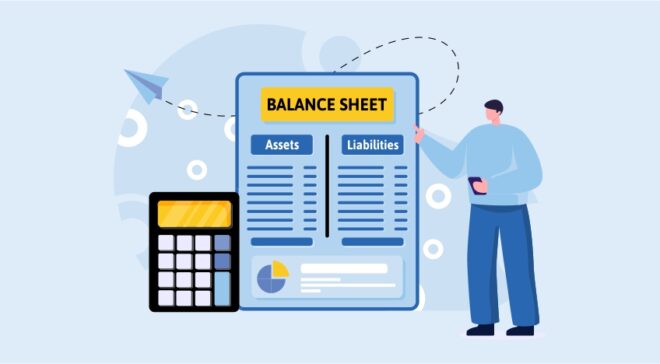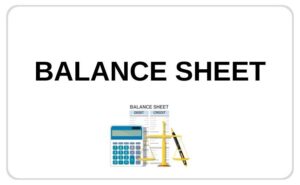What is a balance sheet for a diagnostic center?
A balance sheet is a financial statement that provides an overview of a diagnostic center’s assets, liabilities, and equity at a specific point in time.
Why is the balance sheet important for a diagnostic center?
It helps track the financial health of the center, showing its ability to pay off debts and manage its assets efficiently.
What are the key components of a balance sheet for diagnostic centers?
The key components are assets (e.g., equipment, cash), liabilities (e.g., loans, payables), and equity (owner’s investment).
What are current assets in a diagnostic center’s balance sheet?
Current assets include cash, accounts receivable, and inventory (such as medical supplies) that can be converted to cash within a year.
What are fixed assets on a diagnostic center’s balance sheet?
Fixed assets include long-term investments like medical equipment, lab machinery, and buildings.
How are liabilities classified in a diagnostic center’s balance sheet?
Liabilities are classified as current (short-term debts due within a year) and non-current (long-term obligations like loans).
How does a diagnostic center’s balance sheet reflect profitability?
While the balance sheet doesn’t directly show profitability, it indicates financial stability by comparing assets with liabilities. Profitability is better seen in the income statement.
What should be included in equity on a diagnostic center’s balance sheet?
Equity includes owner’s capital, retained earnings, and any funds reinvested in the center.
How often should a diagnostic center prepare a balance sheet?
Balance sheets are typically prepared annually, but quarterly or monthly statements may be helpful for financial tracking and decision-making.
What does a balance sheet tell investors about a diagnostic center?
It provides insight into the center’s financial stability, helping investors assess its risk, operational efficiency, and potential for growth.


